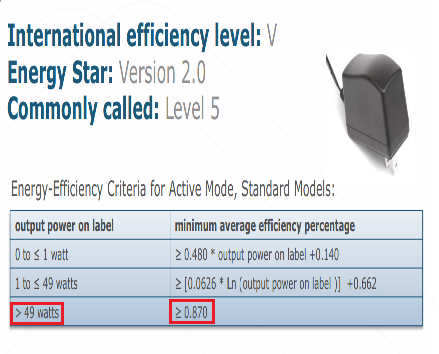jake_the_fake1 said:
So the EDram is used as a cache instead, ok so what? You still haven't explained how this cache could magically add extra performance to an already piss weak GPU, all you've done is remove the bandwidth bottleneck of the system, but now the GPU is the bottleneck. The GPU could never use the potential of the EDram bandwidth anyways since it's a piss weak GPU, but to say that it can would mean that the WiiU GPU would now be more capable than the Titan Balck. ...and this just isn't reality. |
as i said before, the answer is tesselation+displacement
bandwidth is not going to gie you more power, but the store and the speed for achieving render techniques that reuire lots of bandwidth an rapid access
tessleation+dispalcement can achieve about 400x more olygons by only trading off about 33fps or 30% performance, but the trade off still pretty good, of course that since the wii u is not a high end gpu tying to do this at 1080 would prove a challenge, not to mention that starves about half the memory bandwidth
here, and is based on a rv770 according to AMD
http://developer.amd.com/wordpress/media/2012/10/WileyAuthoringforTessellation.pdf
"
The first and most obvious benefit of real-time tessellation and
displacement mapping is the dramatic increase in visual
quality. Tessellation in conjunction with displacement mapping
eliminates one of the last hurdles towards achieving cinematic
quality visuals in games.Film has been using this technique
for years in order to provide animators with manageable
meshes to work with during the animation portion of
development while still providing the highest quality results at
render time. This technique eliminates polygonal artifacts and
provides highly detailed, smooth internal and external
silhouettes.
Another slightly less obvious benefit of this technique is the
effect that it has on your memory footprint. Essentially, you
can think of real-time tessellation and displacement mapping
as an effective form of geometry compression. This technique
utilizes the same art assets as conventional rendering with the
only additional storage requirement being the 16 bit
displacement map. If we take the Froblin character as an
example we see that the memory footprint for the low
resolution mesh and 2k x 2k 16 bit displacement map
requiring about 10 megabytes of video memory. This is
compared to the 450 megabytes of video memory that would
be required to render the high resolution Froblin model that
weighs in at around 15 million triangles. So, for just a
modest increase in memory footprint, we are able to
dramatically increase the total polycount and visual detail of
the render mesh when using this technique.
Another less obvious benefit of this technique is in animation
quality. Transforming the low resolution mesh is faster than
attempting to transform the high resolution equivalent. This
means that we get better animation performance. Also, as we
just saw in the previous slide, we are storing exponentially
fewer vertices in video memory. This means that we are able
to store more data per vertex. What this provides us, for
example, is the ability to increase skinning quality by being
able to store more influences per vertex. This would also
allows us to store a much larger library of morph targets for
better facial animation, etc
Performanceis yet another benefit of real-time tessellation and displacement mapping.You can see here that when implemented with multipassrendering and vertex compression we are able to render over 400 times as many polygons while only taking a 33 frames per second or 30 percent performance hit when compared to rendering only the corresponding low polygon mesh. That is a pretty good trade off.
"




















